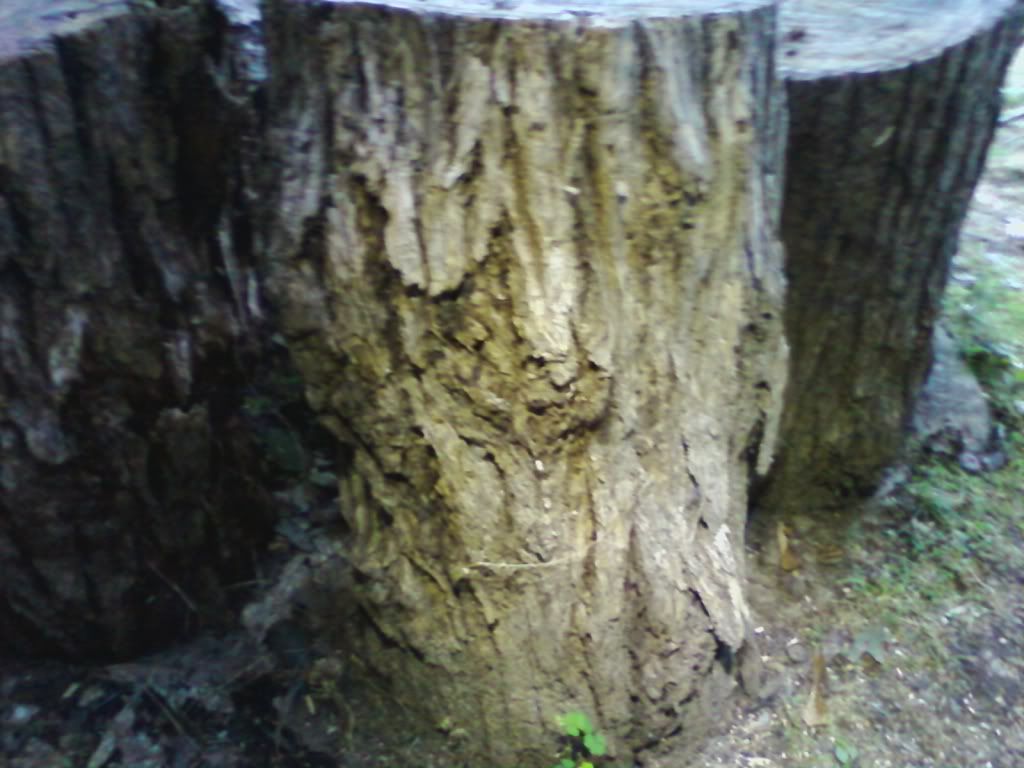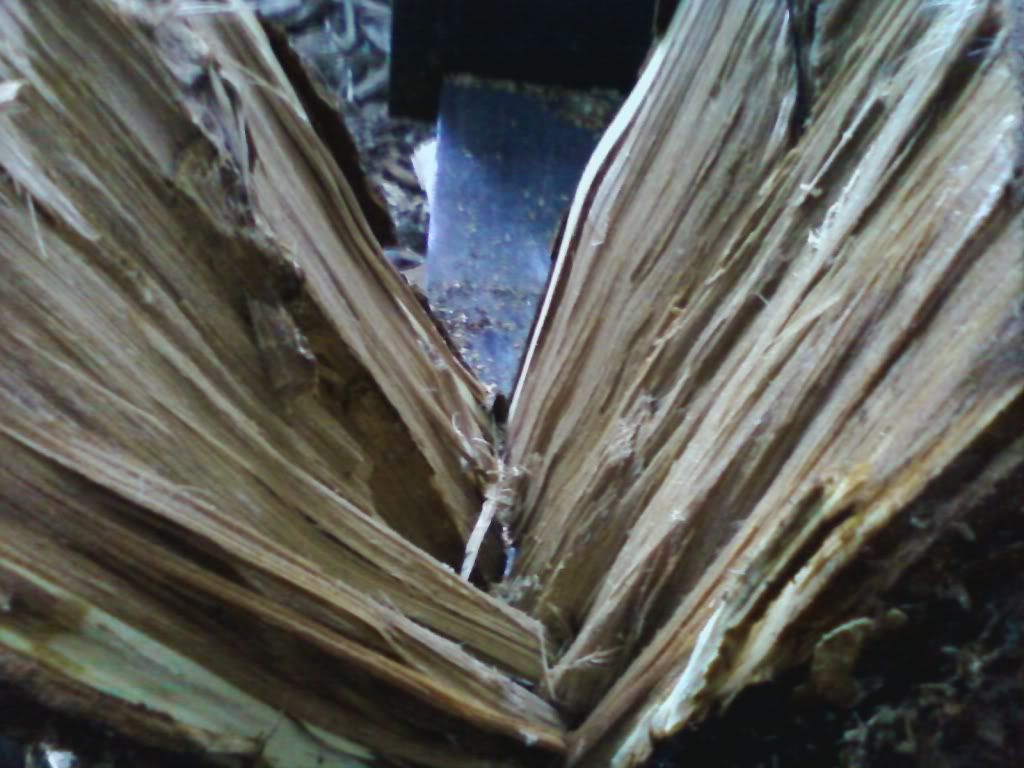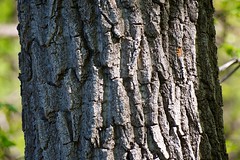Bing187
ArboristSite Lurker
Hi there,
I am a long time burner, have been burning 5 to 7 cord each winter, in a VC Resolute, for about 17 years. Have always kept chimney clean, though I HAVE slacked a little in the last year..... Don't think my issue is related though.
I have been lucky over the years in terms of firewood, either I was doing a house (I'm a part time builder) and the lot needed to be cleared, or I had a lot of storm related wood, but almost always red oak, maple or cherry. Probably makes up 95% of what I've burned over the years...........
I had a friend offer me 3 free trees fairly close to my place, he had them taken down by a pro, gave me the wood. I brought it back to my place in 84" lengths on a trailer, loaded with my Kubota, as some of it was 36" in diameter... Good size trees. And therein lies the first mistake... It was February last year, and no leaves.. I THOUGHT it was some species of Maple, or other hardwood, but wasn't sure. It was, however, HEAVY. I have since learned, since it has dried out, that it was heavy with water, as it is light as a feather when dry.
Long story short.. I'm burning it, not getting much BTU's out of it as it burns fast. I've done some research, and I THINK that it was Cottonwood, based on the bark and other descriptions I've seen....
The weird thing is; When I empty out the stove, the ash is in clumps, some pretty big ones, and man, they are HARD. Hard to break, too! It feels like I melted a piece of plastic in there and it bonded the ash together. Never seen anything like it. All the oak etc that I have burned would burn down to powder. Anyone seen anything like this, and if so, do you know the reason for it? I'm just curious, though I do have a small concern that if the ash looks like that, I'm wondering what effect it may be having on the chimney....
I appreciate any comments or thoughts on this. I love the site and lurk here often.
Mike
I am a long time burner, have been burning 5 to 7 cord each winter, in a VC Resolute, for about 17 years. Have always kept chimney clean, though I HAVE slacked a little in the last year..... Don't think my issue is related though.
I have been lucky over the years in terms of firewood, either I was doing a house (I'm a part time builder) and the lot needed to be cleared, or I had a lot of storm related wood, but almost always red oak, maple or cherry. Probably makes up 95% of what I've burned over the years...........
I had a friend offer me 3 free trees fairly close to my place, he had them taken down by a pro, gave me the wood. I brought it back to my place in 84" lengths on a trailer, loaded with my Kubota, as some of it was 36" in diameter... Good size trees. And therein lies the first mistake... It was February last year, and no leaves.. I THOUGHT it was some species of Maple, or other hardwood, but wasn't sure. It was, however, HEAVY. I have since learned, since it has dried out, that it was heavy with water, as it is light as a feather when dry.
Long story short.. I'm burning it, not getting much BTU's out of it as it burns fast. I've done some research, and I THINK that it was Cottonwood, based on the bark and other descriptions I've seen....
The weird thing is; When I empty out the stove, the ash is in clumps, some pretty big ones, and man, they are HARD. Hard to break, too! It feels like I melted a piece of plastic in there and it bonded the ash together. Never seen anything like it. All the oak etc that I have burned would burn down to powder. Anyone seen anything like this, and if so, do you know the reason for it? I'm just curious, though I do have a small concern that if the ash looks like that, I'm wondering what effect it may be having on the chimney....
I appreciate any comments or thoughts on this. I love the site and lurk here often.
Mike








